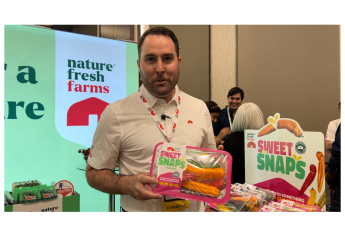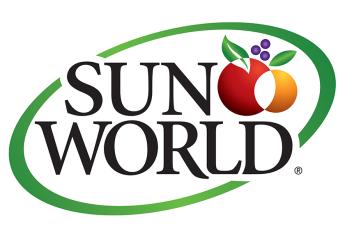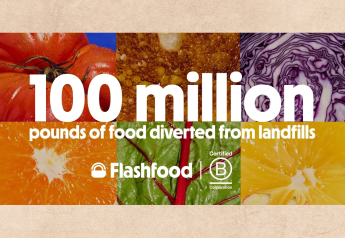Produce shippers point to packaging advances

The pace of packaging innovation didn’t stop because of the COVID-19 pandemic.
Produce shippers weighed in in answer to the question “What packaging changes has your company made recently or plans to make in the next year?”
More recycled and bio-based feedstocks is one change for Local Bounti, said Gary Hilberg, chief sustainability officer for the Hamilton, Mont.-based company.
Charleston, S.C.-based Vertical Roots uses 100% RPET trays and boasts a 30% reduction in overall packaging material with micro-perforated film to enhance product life. In addition, the firm has 100% recycled corrugated material, said Andrew Hare, cofounder and general manager of Vertical Roots.
Alternatives to traditional plastic packaging are being pursued.
“We have an aggressive goal to offer plastic alternative packaging in all of our Honeybear branded product by 2030,” said Kristi Harris, brand manager for Honeybear Brands, Elgin, Minn.
That trend is broad, according to survey respondents.
“We are looking for alternative substrates that still hold the traditional qualities of everyday plastic packaging but fills the need of the consumer and the infrastructure they have available to discard of the waste,” said Jeff Watkin, director of marketing for Sev-Rend, Collinsville, Ill.
“The traditional reduce, reuse, and recycle is still the main goal – but we need products that offer the consumer options for the product end-of-life cycle.”
Innovation is providing new options, one shipper said.
“This season, we trialed the Bio-Able pouch bag from Sev-Rend for our organic cherries,” Chuck Sinks, president of sales and marketing for Yakima, Wash.-based Sage Fruit Co.
“Enabled with bio-assimilation technology, these new bags are 100% recyclable and uniquely formulated to fully degrade in both marine and terrestrial environments, leaving behind zero micro-plastic waste.
Bio-Able Solutions are ASTM 5526 certified ASTM 6954 Tier 1 certified 100% recyclable FDA approved (and) proven to completely bio-assimilate, resulting in zero micro-plastic waste.”
Jac. Vandenberg Inc. is moving toward sustainable packaging that mimics existing packaging structures, said John Paap, manager of the Tarrytown, N.Y.-based company.
“For example, packing citrus still in mesh netting but netting made from sustainable/raw materials that can be home composted,” he said.







